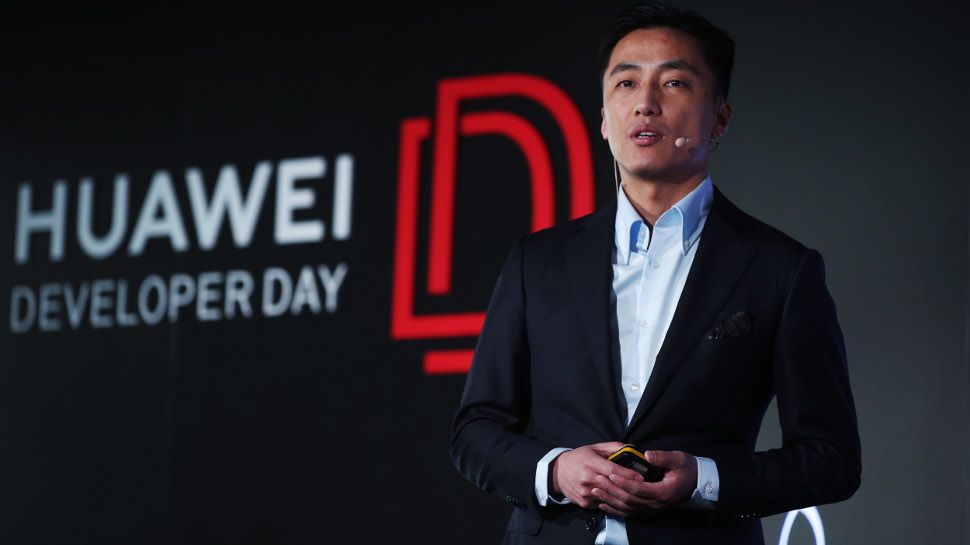Over the last week, Huawei held an event in London to woo new developers to its Huawei Mobile Services system, the company’s alternative to Google’s Play Services which it can no longer licence due to US trade restrictions.
First announced back in August last year at a developer conference in China, HMS was “relaunched” as HMS version 4.0 in December, and the company continues to seek developers to launch their apps on Huawei’s own app store.
Huawei claims that some 55,000 apps are now available which use the HMS Core – an API which is free to register for and use – with the developer kits allowing nearly a thousand APIs for developers to use. The HMS mobile kits are designed to replicate the functions more typically provided by Google’s APIs on every other Android device, including functions such as location tracking, health, machine learning, purchasing, maps, messaging and more.
Huawei’s AppGallery has some 400 million active users, and some of the more popular apps are the Huawei Browser and Assistant (at some 270 million and 180 million active users each month respectively).
Huawei says it offers an attractive proposition for app developers for several reasons, chief being the fact that it designs and builds the entire development ecosystem, with HMS Core combining with Huawei cloud and the company’s mobile devices to provide, “a fully-connected ecosystem”.
Unfortunately, though, despite all these active users, they’re browsing an app ecosystem that really doesn’t have anything much useful in it for western markets. Android users in the US, Europe and Australia are looking for popular social media apps, photo sharing and editing, communication and – in huge numbers – Google’s services.
Huawei’s AppGallery has virtually nothing to meet these needs – obviously there’s no Google stuff (which is what most users want), but social media apps people want aren’t there, and nor is anything much else. In our review of Huawei’s Mate 30 Pro, we savaged the Huawei AppGallery for providing virtually zero apps that mainstream users actually want, relegating what could’ve been a great phone to little more than a fancy paperweight.
Even with a GBP 20 million investment to encourage developers to the ecosystem (which matches similar bounties offered elsewhere) Huawei’s AppGallery remains fairly well free of popular apps, with developers – seemingly – preferring to develop for the majority of Android devices, instead of specialising for just one brand’s devices.
Huawei’s consumer success – and it’s upcoming Huawei P40 series – will be significantly determined by whether the company can licence Google’s services again, or not.




